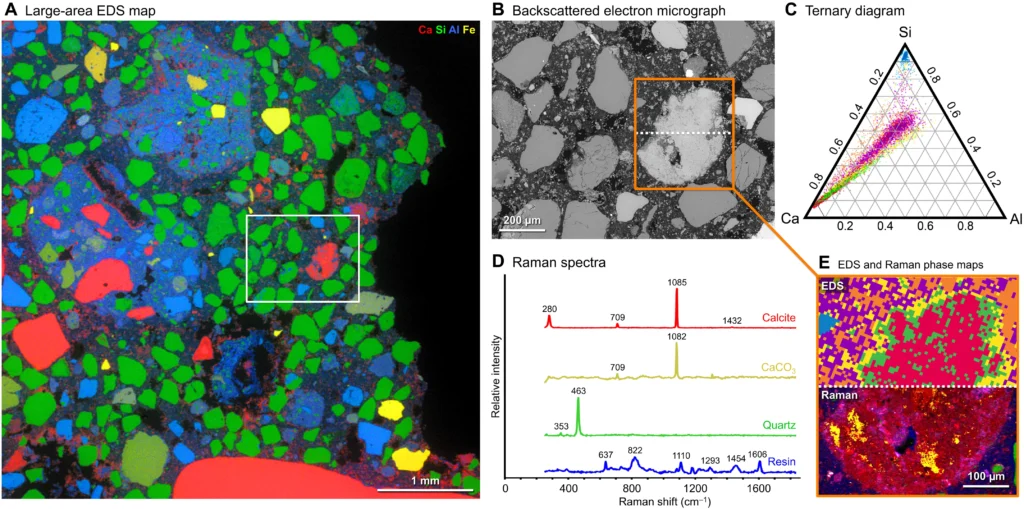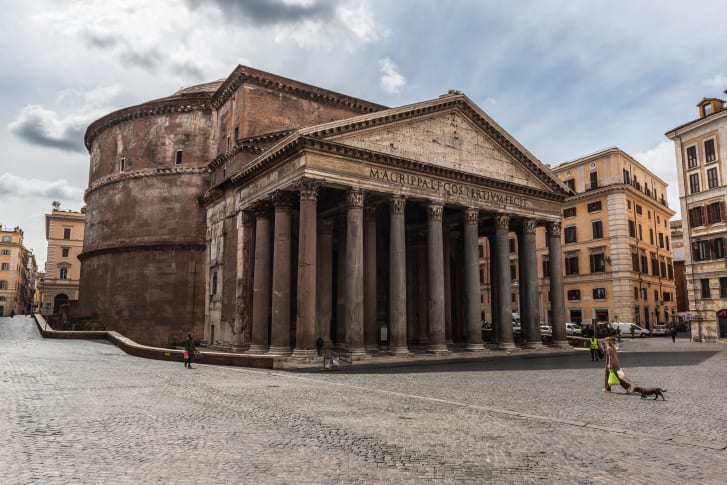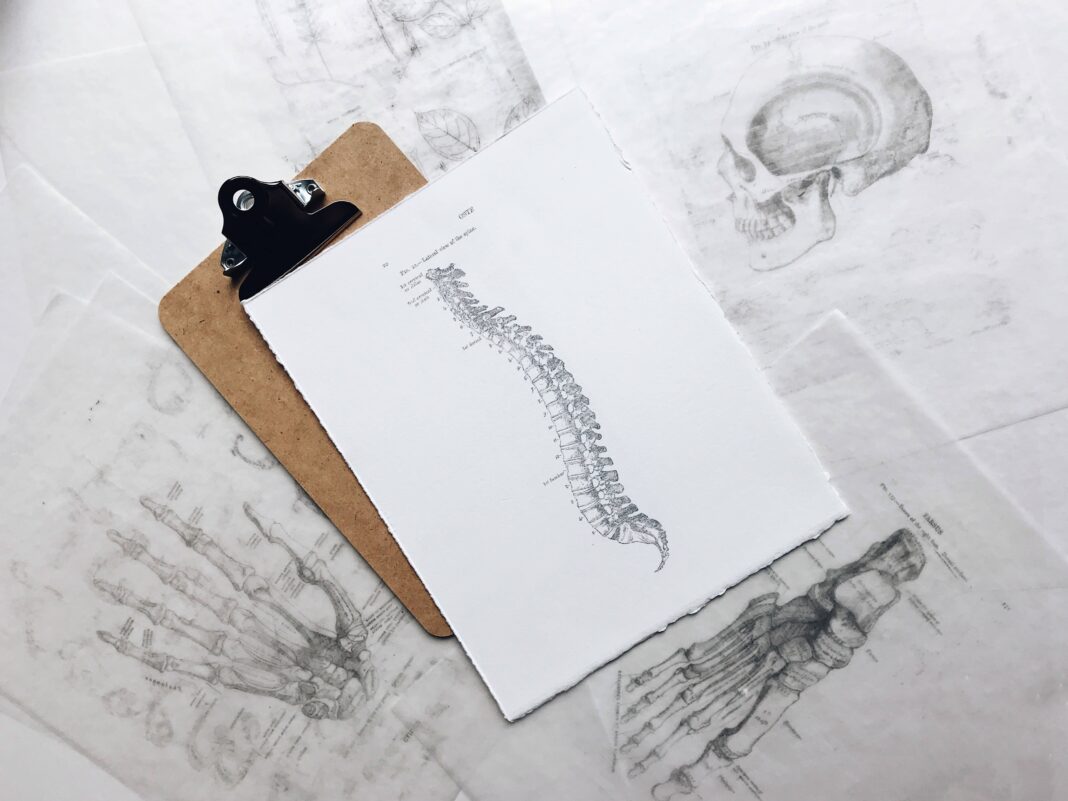You might have heard of the impressive engineering feats of the ancient Romans, whose architectural remains continue to astound us even now. Their use of concrete in their buildings and aqueducts is particularly striking, with some structures still standing strong today, more than two thousand years after their construction. Meanwhile, many modern concrete structures have crumbled after only a few decades. So what made Roman concrete so durable? Let’s take a look.
The Secret Ingredient Is Volcanic Ash; Roman concrete was made with lime and volcanic ash, which became a key ingredient in creating an incredibly strong material that could withstand time and weathering. This volcanic ash came from Pozzuoli Bay near Naples, Italy, and contained a high concentration of natural silicates known as pozzolana or pozzolanic materials. These materials help form hydraulic cement when combined with water that is able to set even underwater. As such, this special combination of ingredients gave Roman concrete much greater strength than modern cement-based concretes.
In addition to the ingredients themselves, the proportions in which they were mixed also played an important role in determining the strength of the final product. The Romans used a specific ratio for their mortars which included 4 parts aggregate (sand) to 1 part cementitious material (lime and pozzolana). This mix allowed for the creation of a material that was not only waterproof but also flexible enough to resist cracking under pressure—the same qualities we seek out in modern building materials as well!

It’s clear why Roman concrete is renowned for its unparalleled durability; its secret lies in its use of volcanic ash and its precise mixing ratios. Its lasting legacy should serve as an inspiration for engineers today seeking to develop new and innovative ways to create stronger building materials that can stand up against time and weathering alike. So while the Romans may not have invented cement-based concretes as many believe, they certainly perfected it through their mastery of engineering principles—a lesson we should all keep in mind!











